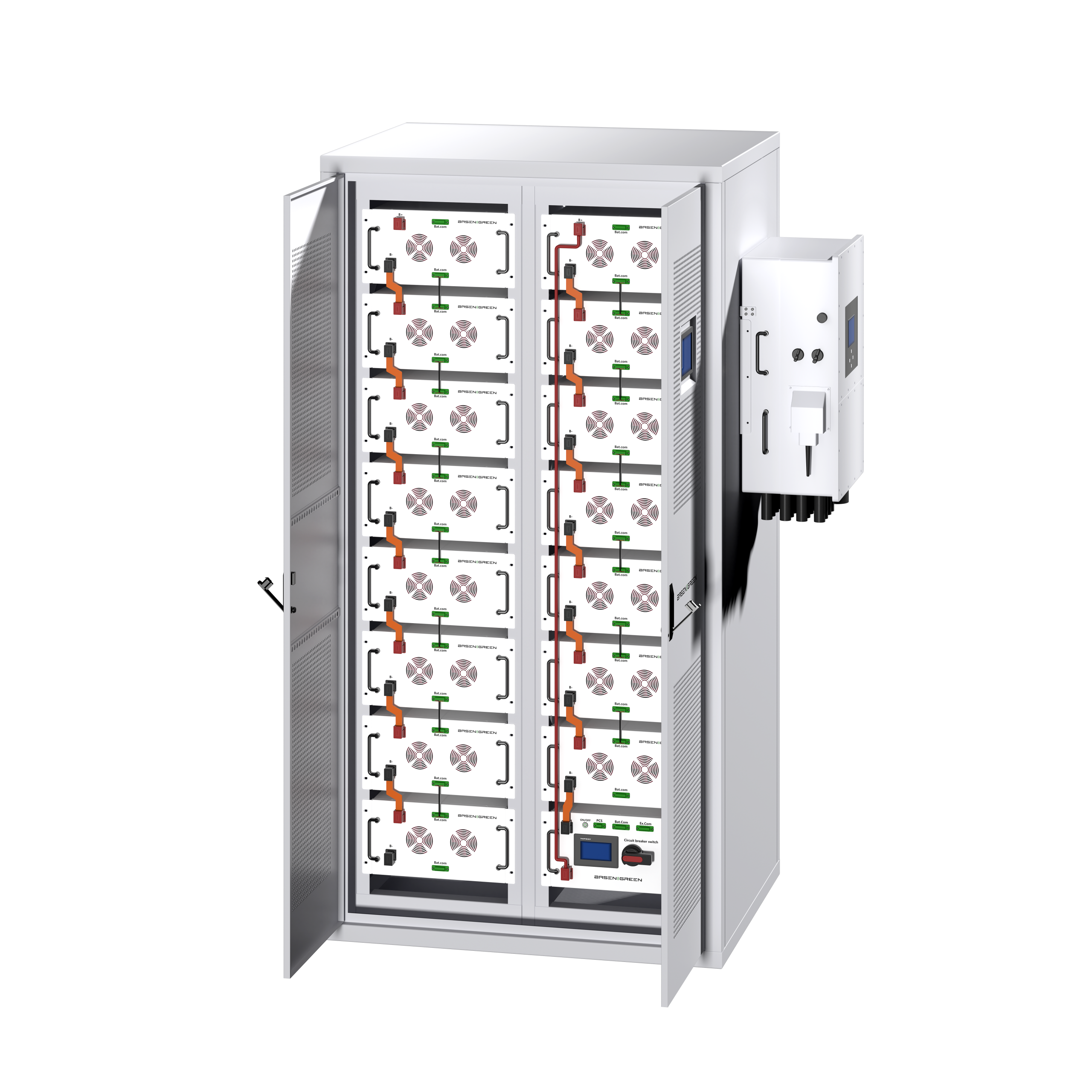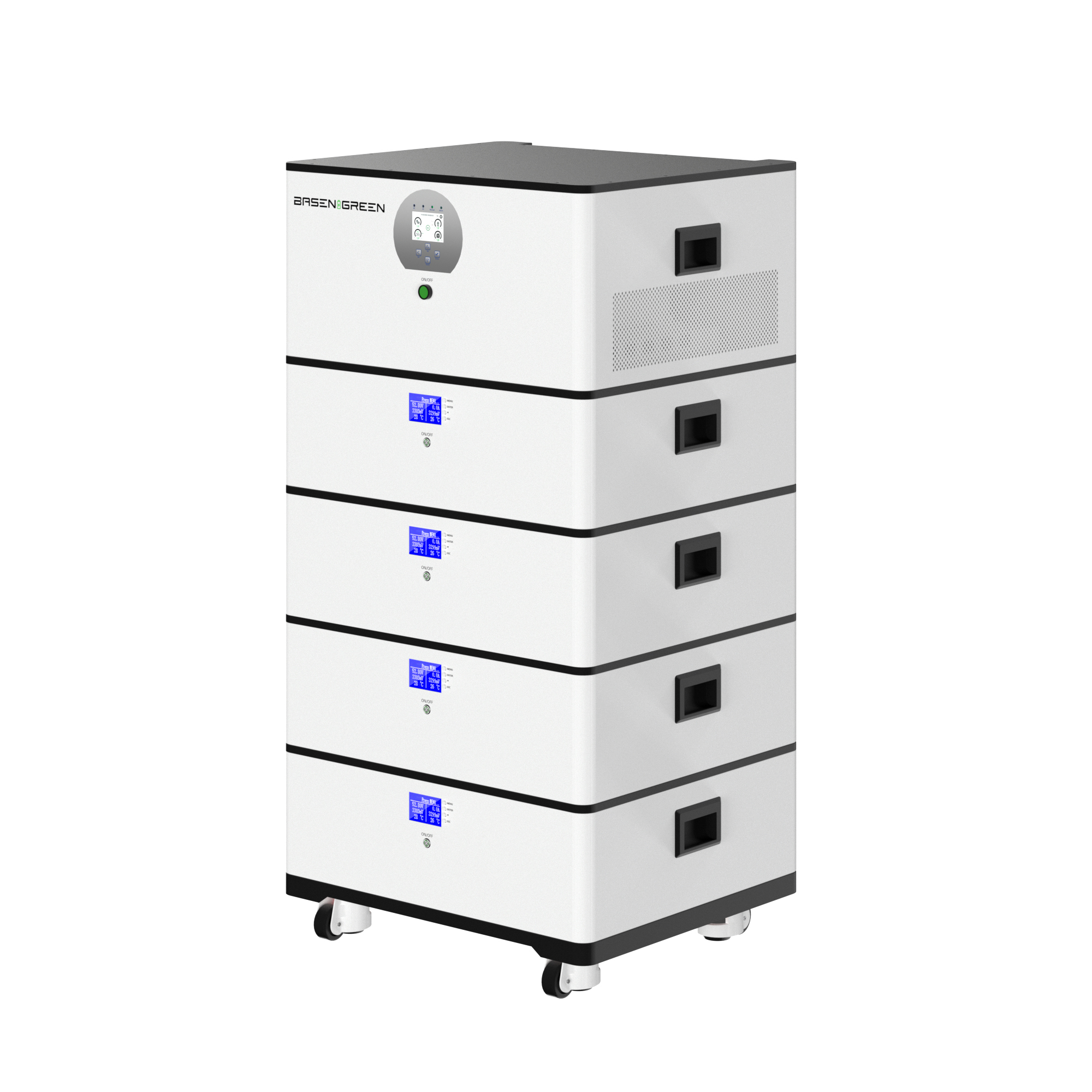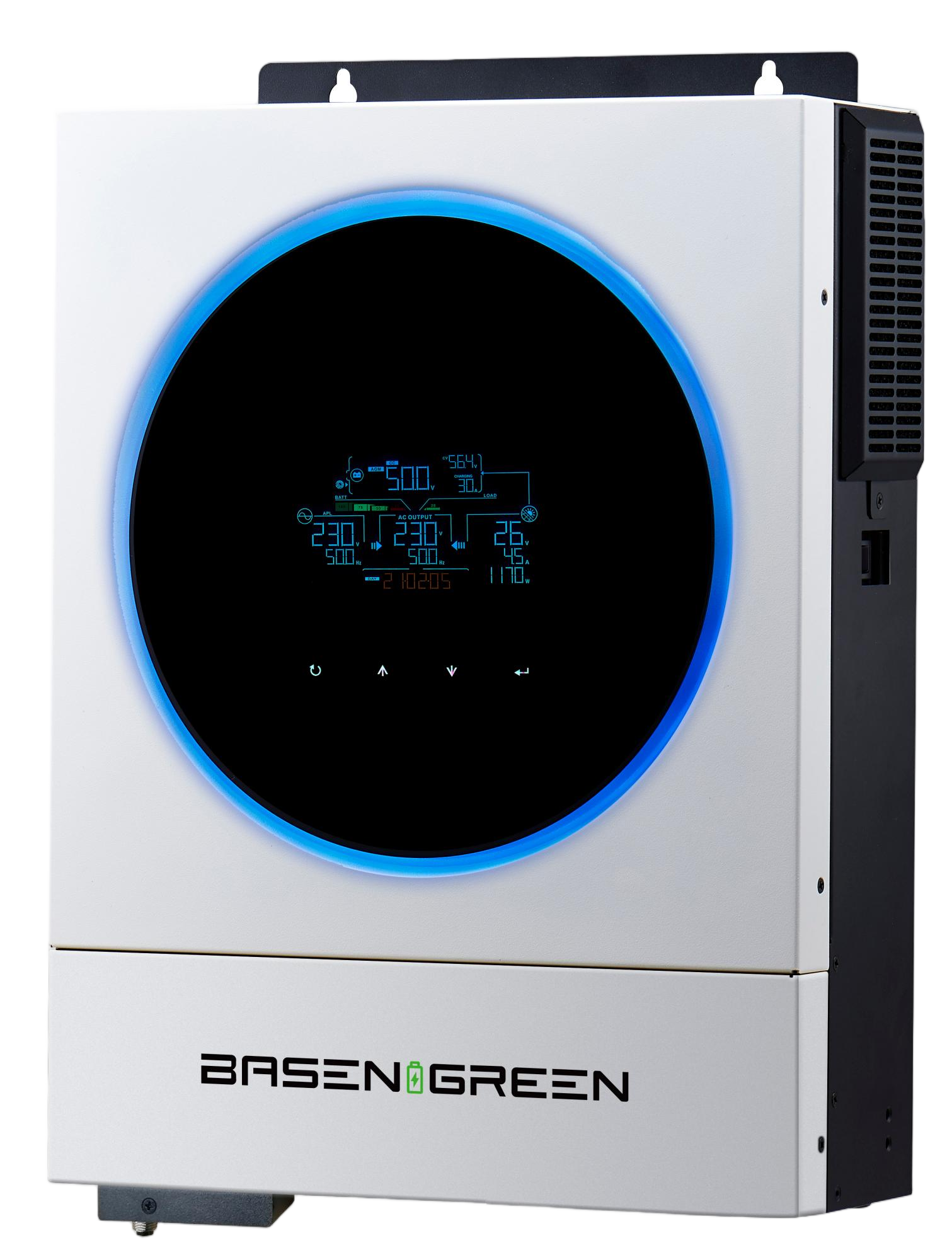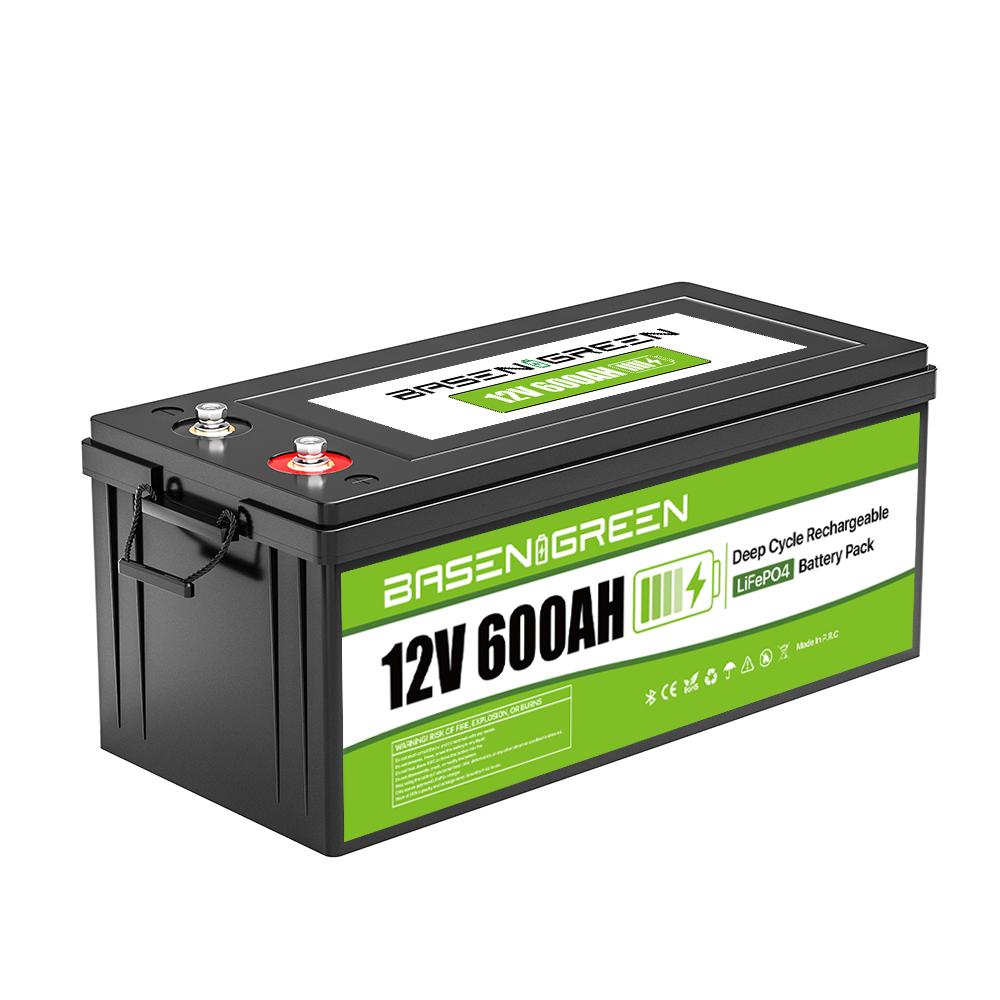RACK HV PRO: The Future of Energy-Efficient Cooling in Data Centers In the ever-evolving landscape of technology, data centers are the backbone of the modern world. They house servers, storage systems, and other critical infrastructure that drive innovation and progress. With increasing demands for higher performance and efficiency, data centers are under pressure to optimize their energy usage. This is where the Rack-Mounted Lithium Battery (RBL) Thermal Management System comes into play, revolutionizing the way these centers manage heat and reduce operational costs.
Understanding the Problem
Data centers generate vast amounts of heat as servers and other equipment operate at high power levels. Traditional cooling systems, such as air conditioning, often require significant energy input, contributing to higher operational costs. Moreover, the environmental impact of energy-intensive cooling systems is a growing concern. The Rack HV PRO, a rack-mounted server chassis, recognizes these challenges and integrates a cutting-edge thermal management solution to address them.
The Role of the RBL System
The Rack-Mounted Lithium Battery (RBL) Thermal Management System is a game-changer for cooling in data centers. Unlike conventional cooling systems, the RBL system operates on a completely different principle. Instead of using external power to cool, it leverages the heat generated by the servers themselves. The system consists of two main components: a lithium-ion battery and a heat exchanger.
When the rack is powered on, the servers generate heat, which is transferred to the lithium-ion battery. The battery acts as a thermal reservoir, absorbing the heat. When the servers shut down, the battery discharges, releasing this heat into a heat pump. The heat pump then recirculates this heat to surrounding air, effectively cooling the entire rack.
This innovative approach eliminates the need for external cooling systems, significantly reducing energy consumption. Instead of pulling power from the grid, the RBL system uses a fraction of the energy typically required for cooling, making it highly energy-efficient.
The Benefits of RBL
The adoption of the RBL system in the Rack HV PRO offers numerous benefits to data centers. By reducing energy consumption, it lowers operational costs, particularly electricity bills. Additionally, the system reduces carbon emissions, contributing to a more sustainable future. The compact design of the RBL system also makes it ideal for integration into modern data center infrastructure, ensuring efficiency and reliability.
Real-World Implications
Imagine a data center with a 200kWh Rack-Mounted Lithium Battery system. By implementing the RBL system, the center could reduce its energy consumption by up to 30% during peak hours. This translates to significant savings, such as reducing annual electricity consumption by 300,000 kWh, which is equivalent to saving 1000 barrels of oil annually. Moreover, the system’s efficiency in managing heat not only reduces operational costs but also lowers the environmental footprint, making it a responsible choice for sustainable technology.
The Rack-M,RBL Thermal Management System represents a paradigm shift in the way data centers manage energy and heat. By harnessing the power of the servers themselves, it eliminates the need for external cooling systems and reduces energy consumption, making it an essential component for any modern data center. The Rack HV PRO, with its innovative RBL system, sets a new standard for energy efficiency and sustainability in the technology industry.
As the demand for high-performance data centers continues to grow, the integration of the RBL system represents a crucial step toward a more sustainable and energy-efficient future. By embracing this cutting-edge technology, organizations can reduce operational costs, minimize their environmental impact, and ensure the continued advancement of technology.






